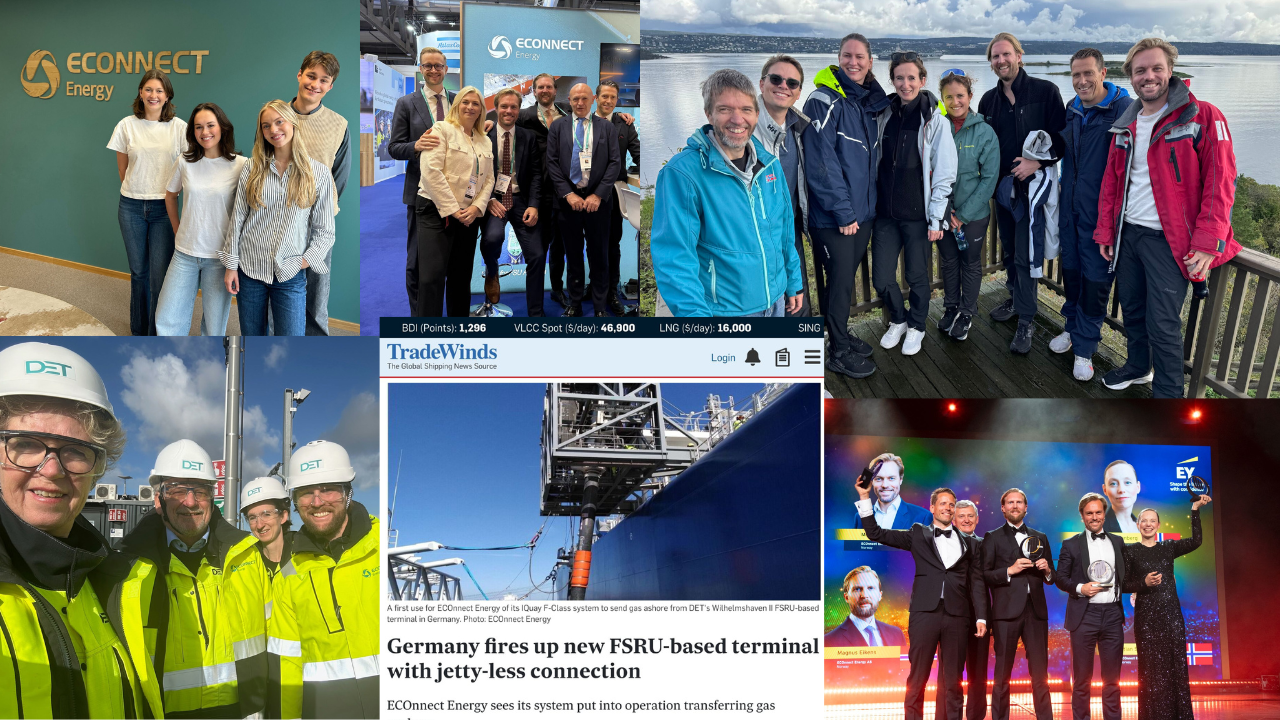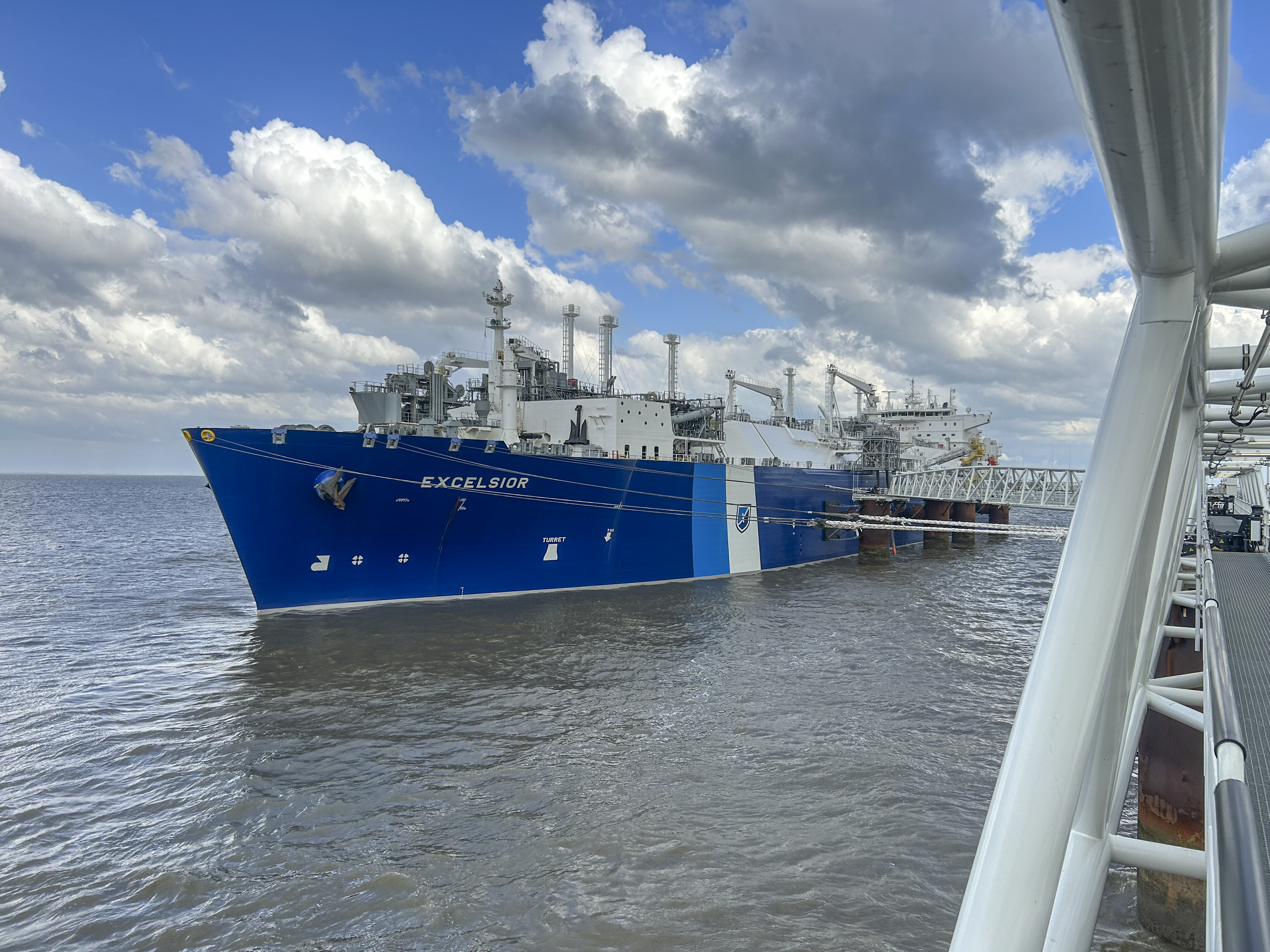Development of the LNG and renewable fuel value chain can be complex, and project developers often face several obstacles in their pursuit of realising new, or even modified, import and export terminals. Apart from the political and regulatory landscape, the biggest challenges are cost and time associated with the building of energy infrastructure.
Conventional LNG infrastructure
LNG storage terminals are required for both loading and offloading of LNG into carriers. A marine terminal may consist of infrastructure such as a loading platform, mooring and breasting dolphins and trestle for supporting the LNG pipeline. Offloading takes place via loading arms or hoses where a gas tanker is berthed.
Traditionally, locations which are not fortunate enough to have access to deep water are fully dependant on seabed dredging for jetty construction, vessel mooring and turning access. This is a considerable project risk to undertake, and for small-scale import projects, the investment required simply may not make for sound project economics. Thus, LNG import projects are often located where marine infrastructure already is present, in many cases meaning a non-optimal location of the terminal itself.

Location of the jetty terminal is dependent upon not only the requirements for the LNG tanker manoeuvring and positioning with respect to water depths, currents and ship traffic, but also with prevailing winds which may influence the location from a safety viewpoint.
The traditional shoreside marine jetties may be prohibited due to proximity to populated areas, safety and/or environmental concerns. Also, the extension of an offshore jetty structure to support the transfer pipelines will, in all shallow water cases, require seabed dredging.
Jettyless LNG transfer system
A jettyless transfer system is a technology that enables safe and efficient transfer of LNG between an LNG carrier and an offshore or onshore LNG terminal without a jetty. Most of the civil and onshore works associated with jetty or quay construction is eliminated with the jettyless solution since the whole system is floating and hence prefabricated at a yard.

This system comprises a floating semi-submersible platform accommodating all required and recommended safety systems. The platform attaches to the side of the vessel and transfers LNG or other fluids to storage tanks with floating hoses and is compatible with any vessel sizes due to the unique vacuum attachment system.
While not in use, the system is moored close to shore thus limiting the impact on usual navigation routes.








